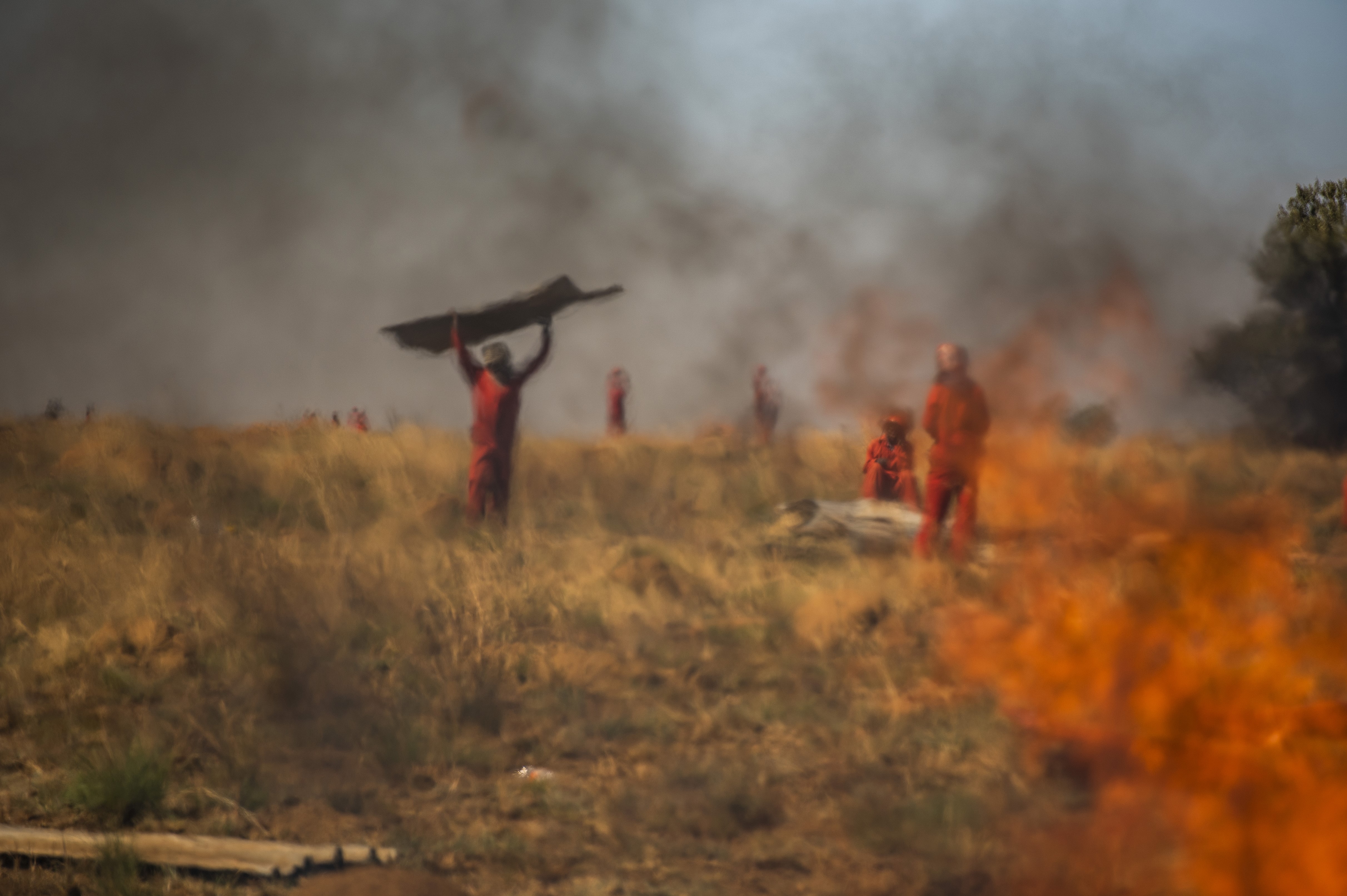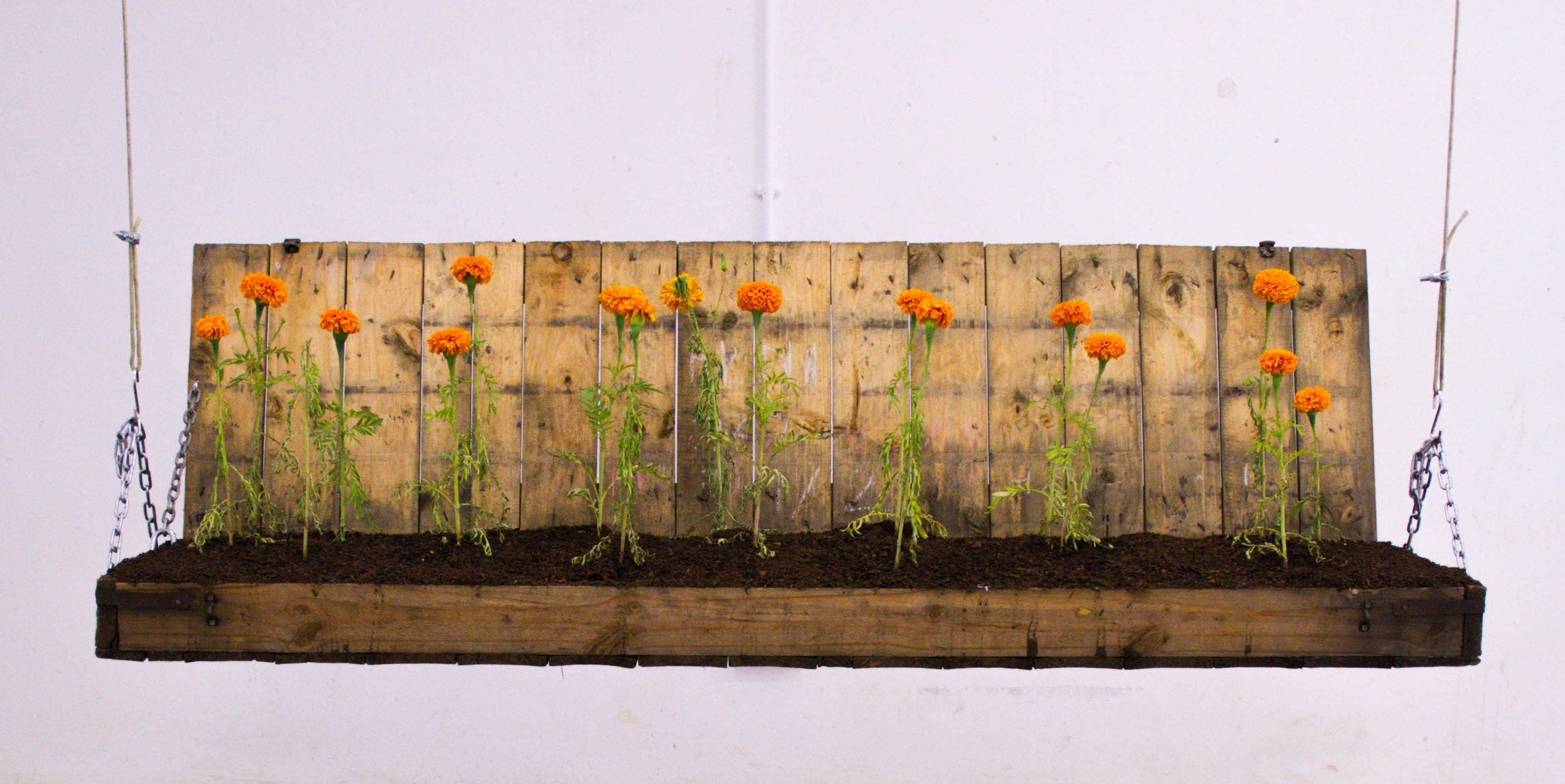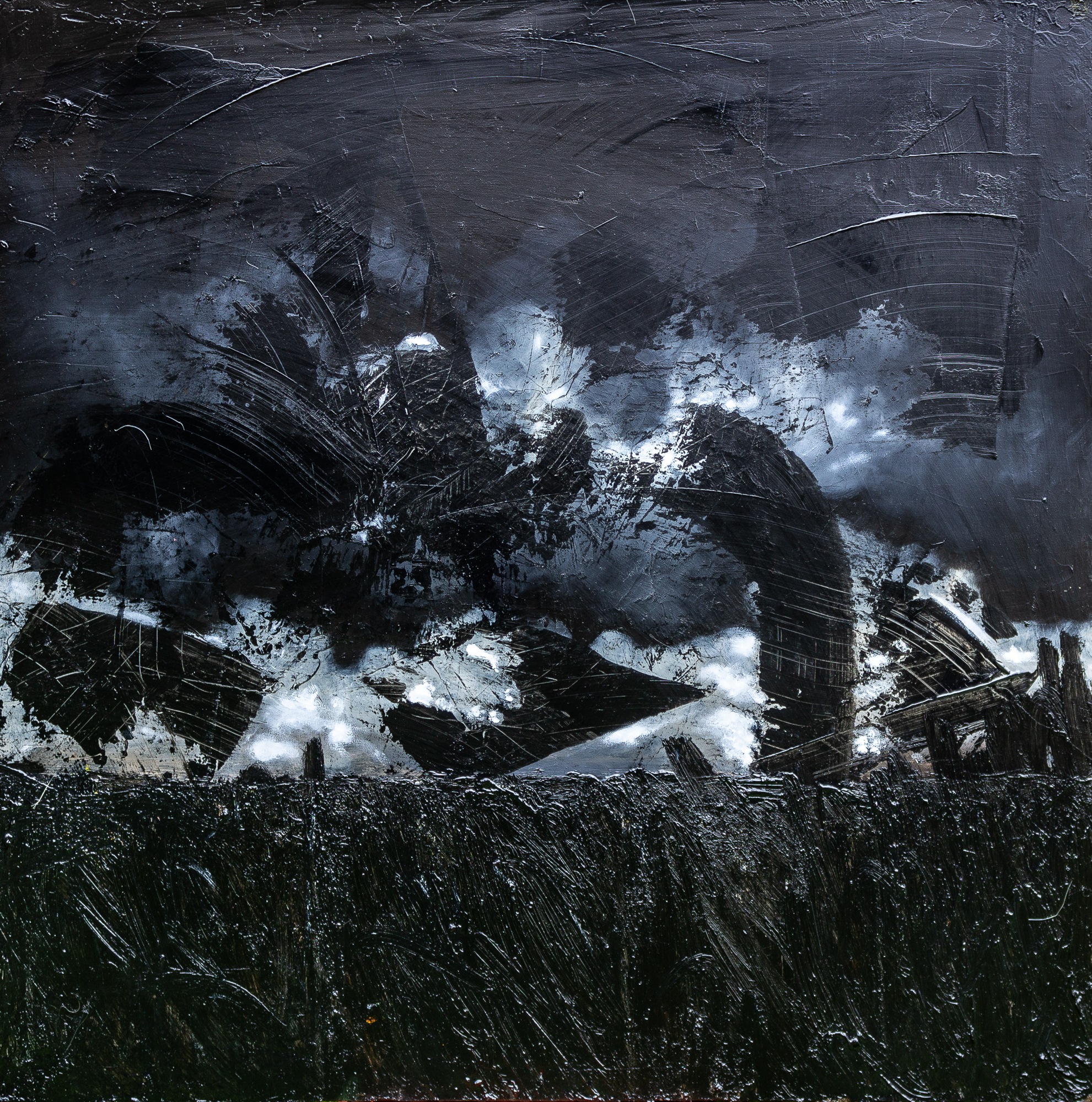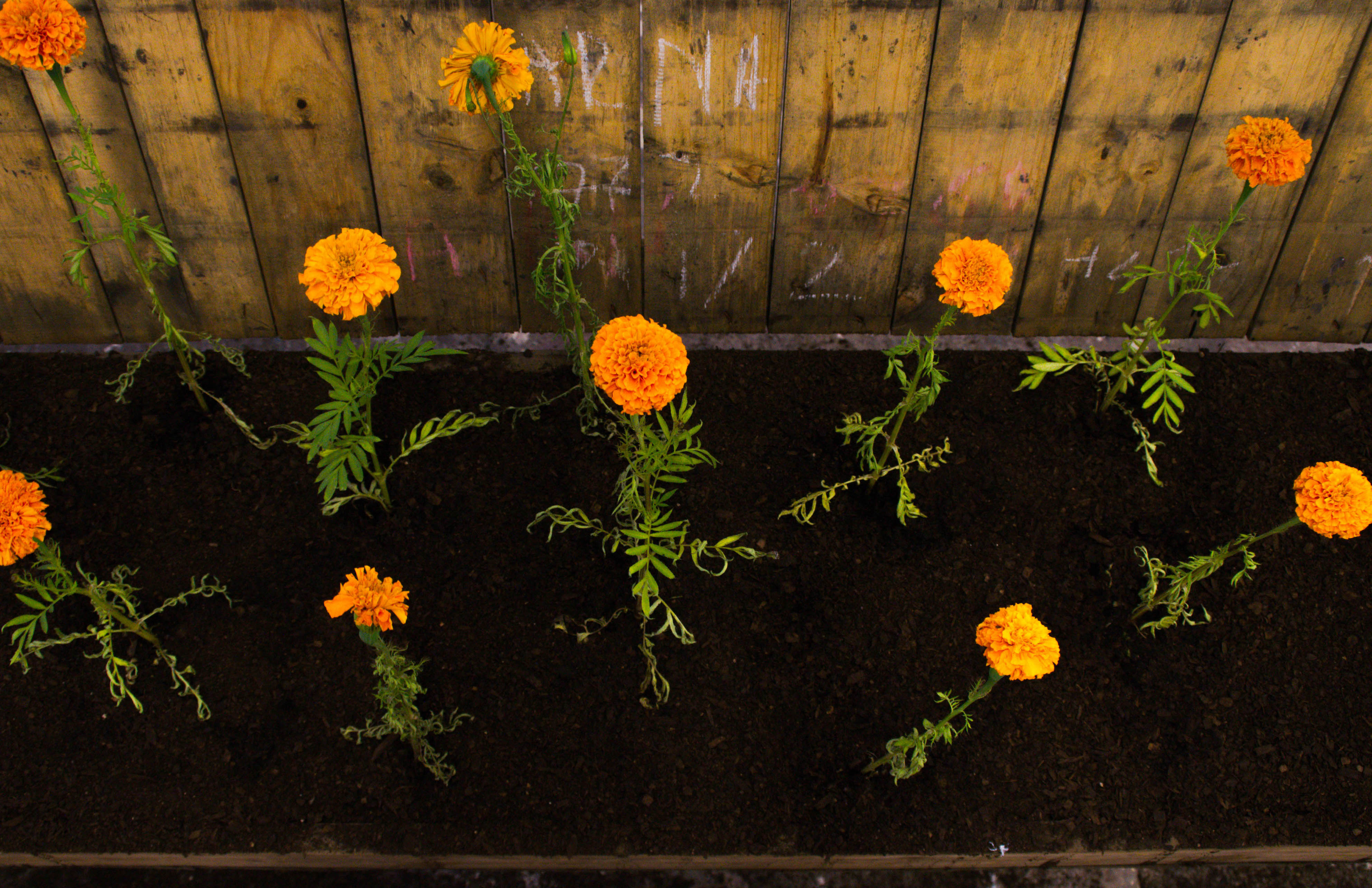LAND // sites of (be)longing
---------
The Land calls to us in different ways. It beckons in the whisper of rippling tall-stemmed grasses across the veld. In the radiant glow of sun-kissed eyelids. On the glistening surface of the canopied river. Roaring in the relentless beach tide. In the soft caressing breeze. In the embrace of fire and the relief of shade. And maybe even in your dreams. Those held in waking life and slumber too. It sustains and connects us. The slow and persistent pull is present, everywhere. Its call answers the yearning within us.
As the botanist and author, Robin Wall Kimmerer, pens, “The land knows you, even when you are lost” (2013: 36). To find oneself is to belong to the land. African scholar, Joseph Mujere, describes how notions of belonging are intrinsically fluid and that people apply a plethora of practices and languages to articulate their claims to both culture and context. Importantly, he notes that in reference to land, articulations of belonging on the continent have often been contested (2010: 497). One could argue that this applies to both the past and present too.
Our histories are carved into the contours of the Land. Terrains of trauma are shaped by stories of displacement. Torn out by the root becomes a generational wound. It is crucial to recognise the historical contexts of oppression and exclusion. In many ways, colonisation is synonymous with extraction. Enacted through the extortion of both land and labour. In her text, Land as Pedagogy, Leanne Betasamosake Simpson writes, “We cannot just think, write or imagine our way to a decolonized future” (2014: 16). Shifting the paradigm from separation to interdependence, requires establishing and maintaining relationships of deep reciprocity through a web of consensual connections between all beings (Simpson, 2014: 16). It is in the process of remembering, that the uncovered earth holds an invitation to heal.
The exhibition, LAND // sites of (be)longing, coalesces the works of nine artists and explores the dynamics between being and longing. Often caught between the axes of destruction and regeneration, pain and healing, despair and hope. The works are embodiments of each artist’s relational approach to Land. Often offering insights into how they locate themselves within the context of community and ancestry. Each answering the call in their own way.
Artwork above: 'Land as sites of belonging', animation, created by Gemma Hart & Duncan Cosser (2023)

Alet Pretorius, 'In vlamme/In flames' (2018) Photographic print 84.1 cm x 118.9 cm Framed / Unframed R 25,000.00 ex. VAT / R 23,000.00 ex. VAT
FEATURED ARTISTS

EXHIBITION CURATOR, GEMMA HART
Gemma Hart is a curator, writer and facilitator based in Johannesburg. She graduated with a Bachelor of Fine Arts, with distinction, from the University of the Witwatersrand (2016). More recently, Gemma completed, also with distinction, an MA in Contemporary Curatorial Practice (2020) from the same institution. In her practice-based research, she explores the museum as a pedagogical platform. Gemma is interested in curatorial practice and the ideology of display, specifically focusing on immersive modes of exhibition making while also investigating the inherent power dynamics held within socially constructed space. Her research examines the persistent legacy of colonial ideology which continues to haunt museums in the contemporary moment.
 Shamil Balram, 'Marigold-swing I' (2019) Photographic print on archival paper 29.7 cm x 42 cm Unframed R1,850 ex. VAT
Shamil Balram, 'Marigold-swing I' (2019) Photographic print on archival paper 29.7 cm x 42 cm Unframed R1,850 ex. VAT
LAND
By Mark Modimola (2023)
LEFATSE
The earth.
We came from the stars and landed.
We became conscious upon landing.
We became rooted to land.
The cosmic spirit fusing to the essence of the land.
Land became mother,
She grew us in her belly from seed,
As tree, she fed us water and breathed air into us,
We are part of her nature.
Land became father,
When we learned order and form,
It taught us,
It grounds us.
We are synthesised by land,
borrowed from land.
We belong to the land.
We return to land,
It is our totem, a sacred place.
The site of our physical manifestation.
It is our pathway to the cosmos,
The land is a spirit that carries us back to our ancestors.
The land is free,
Natural, magical
Made man, alive
Divine place.

Nyakallo Phamuli, Documentaries of SHE - Thoughts During Night Shift', 2023, Manipulated photograph and acrylic paint, 29,7 cm x 42 cm, Unframed R 2,340.00 ex. VAT
*DAY INFINITY OF FIGURING THE FUCK I AM DOING, IN THE [ACT] OF GIVING UP, WHEN THE DISCOURSE OF [THROWING IN TOWEL] IS NOT ENOUGH
By Nyakallo Phamuli (2023)
Quarter past hour infinity of figuring the fuck I am doing, in the [ACT] of giving up, when the discourse of [THROWING THE TOWEL] is not enough.
When a circulation around the sun occurs, one expects monumental changes to magically appear, alignment restored, contentment received. Yet again deceived.
When a new dawn rises, one expects joyous celebration, a blank canvas to fill with activities. Yet again deceived.
When breathing takes place, one expects that each breath, newness brings itself forward, sight to new beginnings seen differently, taking charge becomes a stronger mission. Yet again deceived.
Deceived in letting go and letting manna do its work.
Deceived in handing life to an enigmatic being to bring solace a only for everything to stay the same... Doctor the medicine didn't work, the belief was not enough. Deceived to think double dousing would fasten the process of equilibrium.
In the [ACT] words are written, energy has been placed as [THROWING IN THE TOWEL] seems worthless for the journey taken this far.
The [ACT] OF [THROWING IN THE TOWEL] is not enough in the ending to this chapter.
James de Villiers
Response to Land (2023)
The aspect of LAND in which I am currently interested is the hidden knowledge that a landscape contains. Over centuries, layer upon layer of human, animal and other organic and inorganic artefacts settle on the ground only to be covered by dust, sand and the effects of weathering, war and erosion. Memory is lost events, disasters, endeavors, hopes and dreams.
The major factor that plays an invaluable part in remembering the past is the human ability to record what has happened in the form of artworks, myths, oral storytelling, writings, inscriptions, archaeology, and these days, digital recording and archiving. Some landscapes contain unknown histories if we do not scrape the surface and delve deep.
My use of landscape is as a vehicle to express the invisible qualities and information contained therein by providing expressive atmospheres which conjure up interpretive readings in the viewers mind, ideas of what perhaps occurred in the landscapes as well as prophetic type indications of future conditions.
When we look at the land, the questions arise: "What do we know about this, is there an unknown history, what stories are waiting under the surface and what of the future? The aesthetic beauty of the land most often seduces us from the harsh realities concealed therein.
 James de Villiers, Apocalyptic Landscape #1, 2016, Oil on canvas, 76 cm x 76 cm x 4 cm, Unframed R 8 000.00 ex. VAT
James de Villiers, Apocalyptic Landscape #1, 2016, Oil on canvas, 76 cm x 76 cm x 4 cm, Unframed R 8 000.00 ex. VAT
Omphemetse Ramatlhatse, 'Kghesti ea Bagolo', 2023, Barkcloth, beads, cotton cloth, Riso printed pages, 13.5 cm x 12.5 cm x 3.5 cm, R 3,000.00 ex. VAT
Omphemetse Ramatlhatse, 'Kghesti ea Hempe', 2023, Barkcloth, canvas, beads, Riso printing, bookmaking. 15.5 cm x 12 cm x 3.5 cm, R 3, 000.00 ex. VAT
Omphemetse Ramatlhatse, 'Kghesti ea Mosamo', 2023, Cotton cloth, barkcloth, beads, Riso printed pages, 16 cm x 13 cm x 5 cm, R 2,500.00 ex. VAT
 Shamil Balram, Marigold-swing II, 2019, Photographic print on archival paper, 29.7 cm x 42 cm, Unframed, R 1,850.00 ex. VAT
Shamil Balram, Marigold-swing II, 2019, Photographic print on archival paper, 29.7 cm x 42 cm, Unframed, R 1,850.00 ex. VAT
To enquire about any of the artworks in this exhibition
Latitudes CuratorLab is proudly presented by Rand Merchant Bank.

Further Reading In Articles
African Artist Directory







































